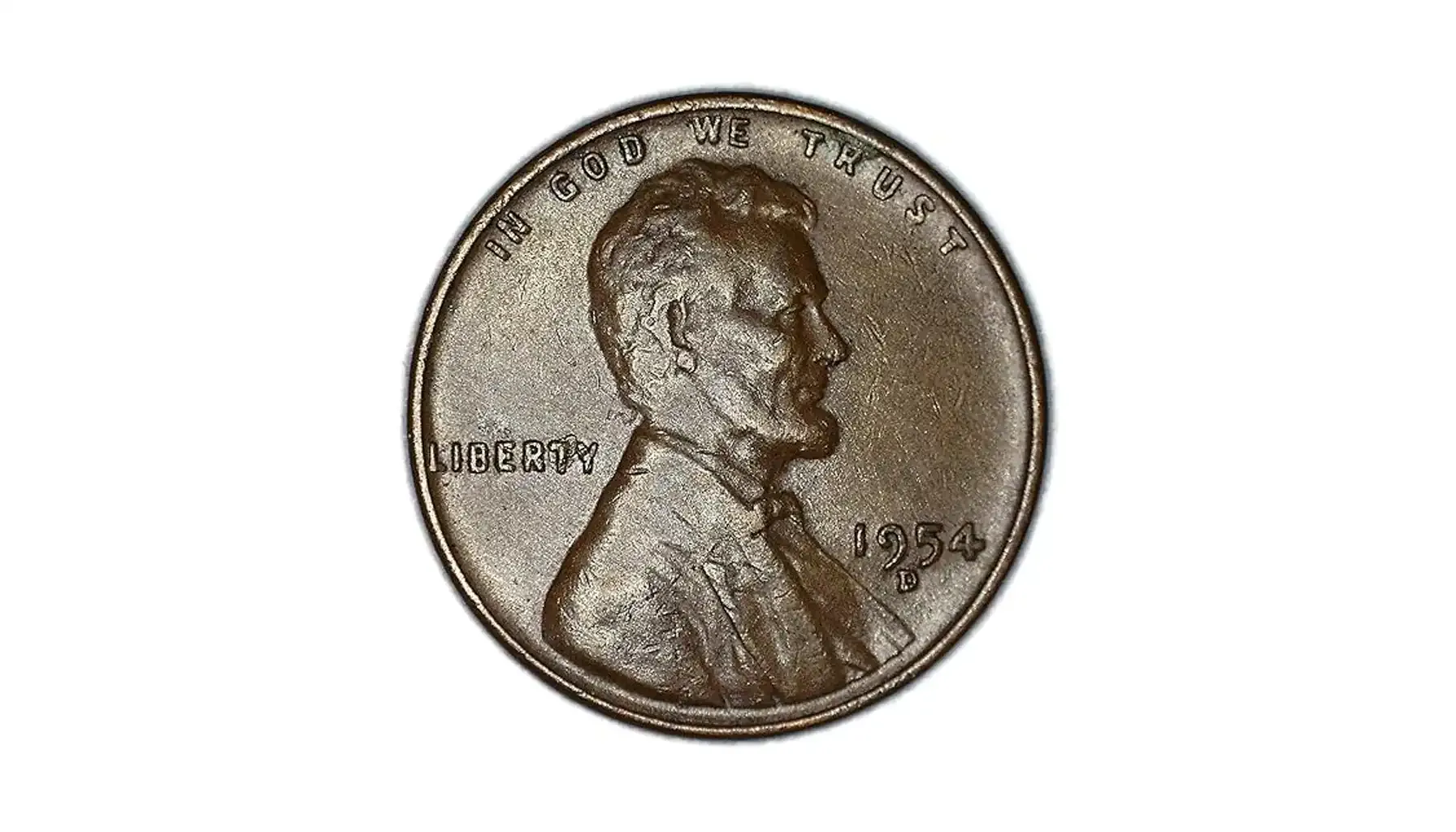Contents:
1943 penny silver. Shiny. Odd. It makes collectors pause and ask, “What's a 1943 silver penny worth?”
Most of the time, it’s NOT silver at all. But we’ll call it so today for your convenience.
So, depending on the mint, the material, and the error, your 1943 silver one cent penny value could be a few cents… or even more.
Anyway, how much is a 1943 silver penny worth today? You’ll get your answers, and find out how to identify coins fast and easy.
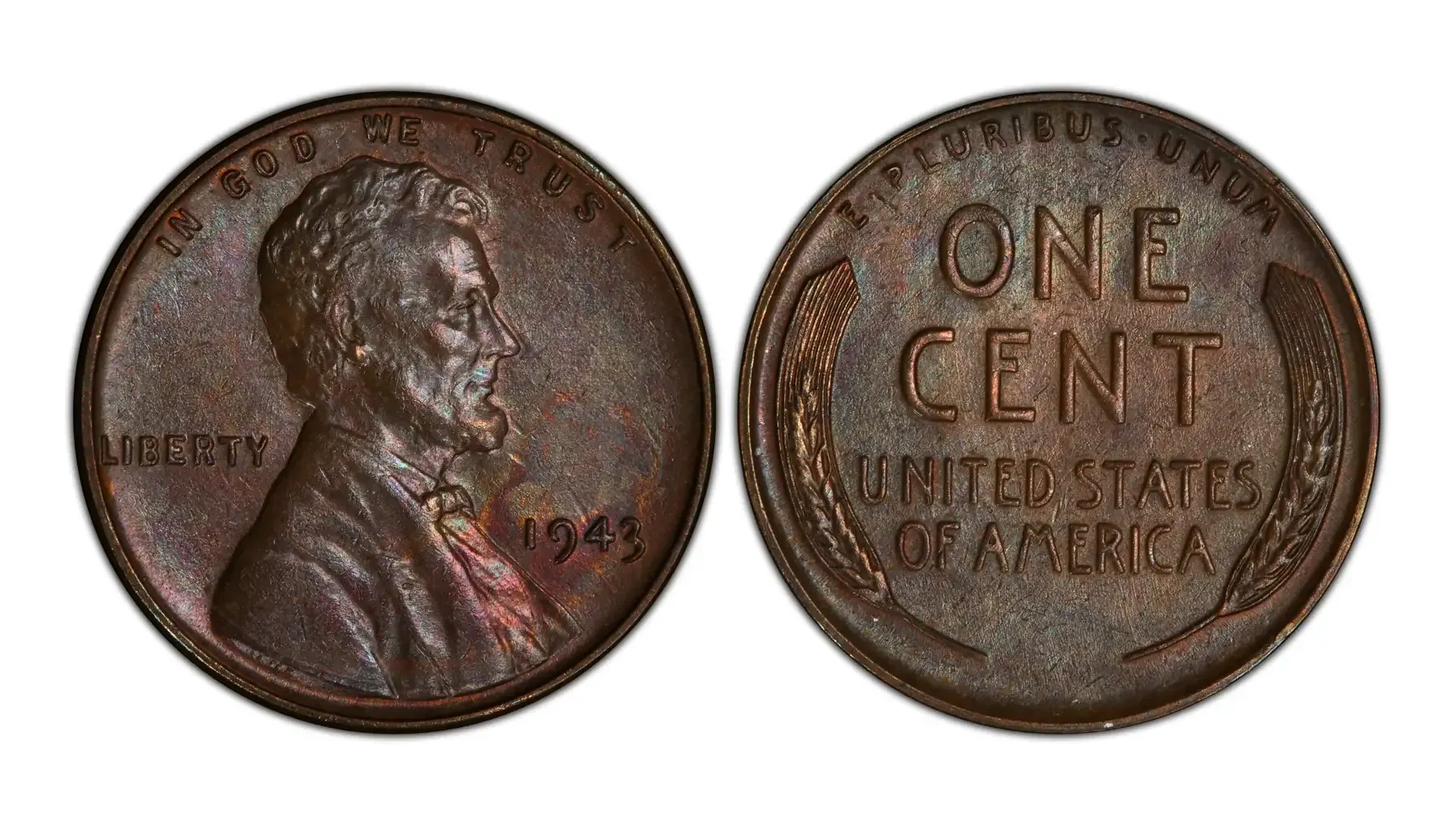
Myth-Busting
Myth #1: It Is Made of Silver
Reality: It’s not.
The penny 1943 silver appearance comes from zinc-plated steel, not actual silver. This change was due to a copper shortage during WWII. No 1943 U.S. cent was intentionally made of this metal.
Remember: Only war nickels (1942–45) had actual silver, not pennies.
Myth #2: All 1943 Pennies Are Worth Thousands
Reality: Most are worth under $1.
Unless you’ve got a 1943 bronze wheat piece (a rare minting mistake), your 1943 silver pennies are likely worth 10 cents to $3, depending on condition. Check magnetism—steel cents stick, bronze ones don’t.
Myth #3: Any 1943 Cent That Isn’t Copper Is a Fake
Reality: No, most are genuine steel.
The silver 1943 wheat penny worth is often low because over a billion were produced across three mints. They’re real—just common.
Myth #4: There’s No Way to Tell if You Have the Rare One
Reality: You can check.
If your coin doesn’t stick to a magnet, weighs about 3.11g, and looks copper-colored—you may have a jackpot.
Still unsure? Use the Coin ID Scanner app to instantly determine if your coin is steel or bronze, and get real silver penny 1943 value insights.
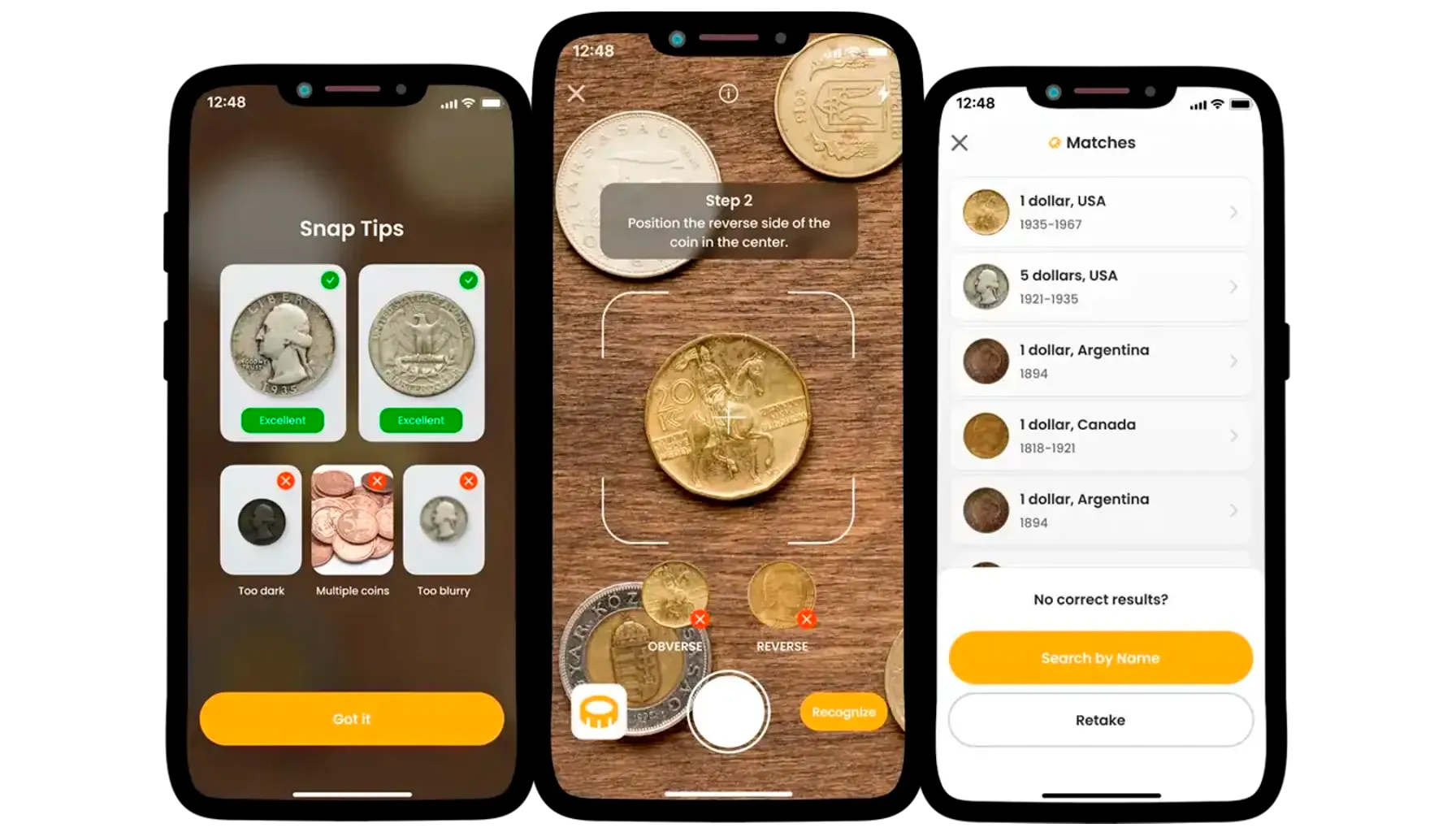
Truth: Some 1943 Pennies Are Worth a Lot
There are less than 30 confirmed bronze 1943 pennies across all mints (Philadelphia, Denver, San Francisco). One 1943-D bronze cent sold for $1.7 million.
The 1943 Wheat Penny Silver – What Happened That Year?
Due to copper being reserved for World War II ammunition, the U.S. Mint decided to use steel coated in zinc for pennies. These coins were magnetic and had a silver-like appearance—hence, they became known as 1943 one cent silver penny pieces.
But here’s the twist: a few pennies were accidentally struck on bronze planchets (leftovers from 1942). These silver super rare 1943 steel penny value mistakes are now worth tens to hundreds of thousands of dollars.
Numismatic Specs
Specification | Details |
Denomination | 1 Cent |
Composition | Zinc-coated steel (not actual silver) |
Weight | 2.7 grams |
Diameter | 19.05 mm |
Edge | Plain |
Designer | Victor D. Brenner |
Obverse Design | Lincoln profile with “IN GOD WE TRUST”, “LIBERTY”, and date |
Reverse Design | “ONE CENT” and “UNITED STATES OF AMERICA” flanked by wheat ears |
Mint Marks | None (Philadelphia), D (Denver), S (San Francisco) |
Design
The 1943 coin still features the Wheat reverse and Lincoln on the obverse. But the war-time metal switch made it stand out.
1943 silver Wheat penny no mint mark – Struck in Philadelphia, no mintmark, shiny silver color
1943 silver penny D – Struck in Denver with a bold “D”
1943 silver cent S – San Francisco issue, slightly scarcer
Despite the “silver” look, it’s zinc over steel. But that look still confuses people today asking, “How much is a silver 1943 penny worth?”
Error Varieties: What to Watch For
While most pieces are relatively common, specific minting errors can increase their silver wheat penny 1943 value.
Below is a breakdown of the most notable error types associated with the coin, including how to identify them and what they might be worth.
1. Off-Metal Strikes (Bronze Planchets)
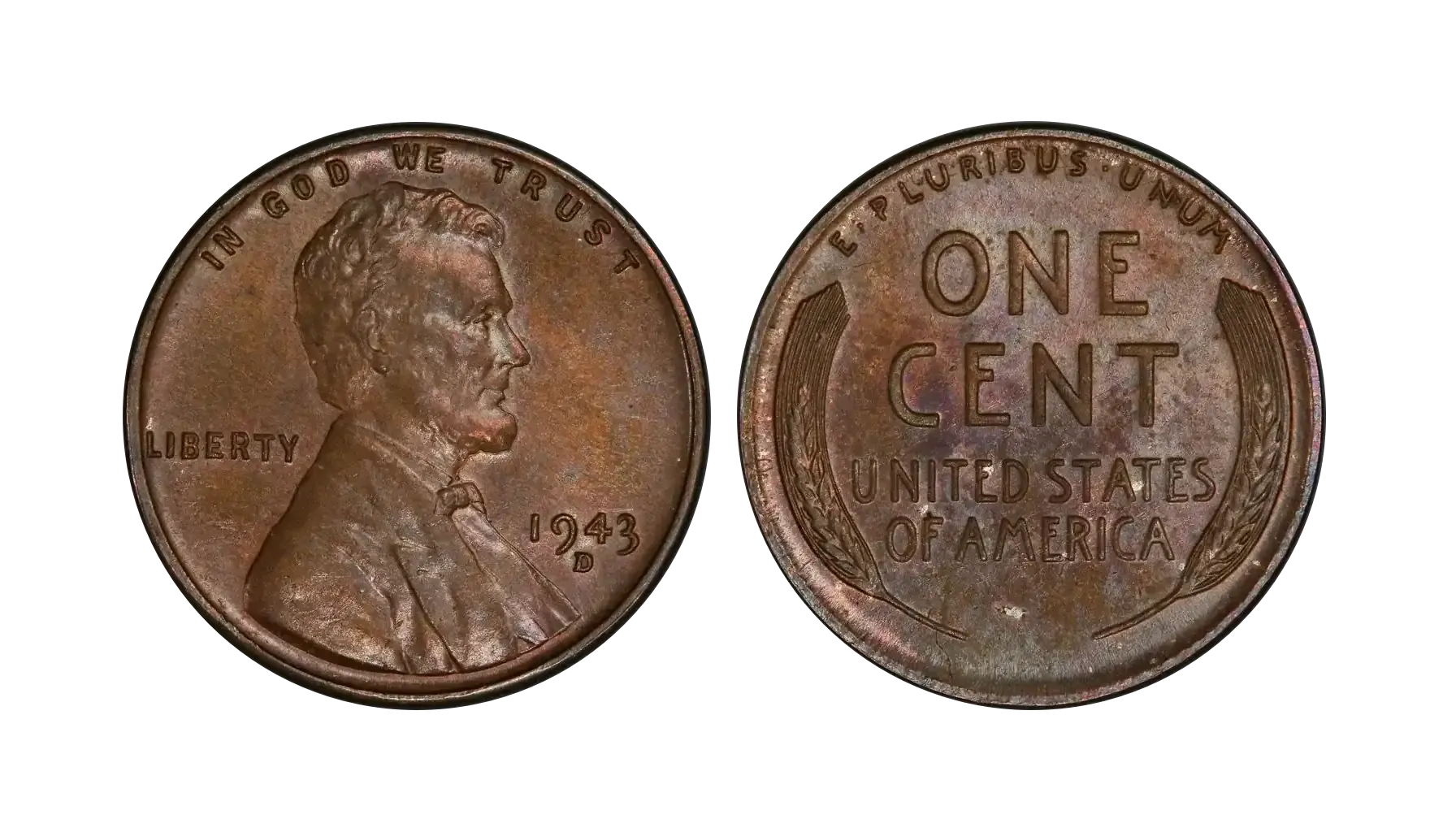
These are the holy grail of 1943 pennies — coins that were mistakenly struck on leftover bronze planchets from 1942 instead of the zinc-coated steel intended for 1943.
How to Identify:
Not magnetic
Reddish-brown in color
Weighs ~3.11 grams instead of ~2.7 grams
No visible silver coating
How much is a silver penny from 1943 worth:
$85,000 – $1,750,000 depending on mint mark and grade
The 1943 D bronze one is especially rare — only one is confirmed to exist
2. Doubled Die Obverse (DDO)
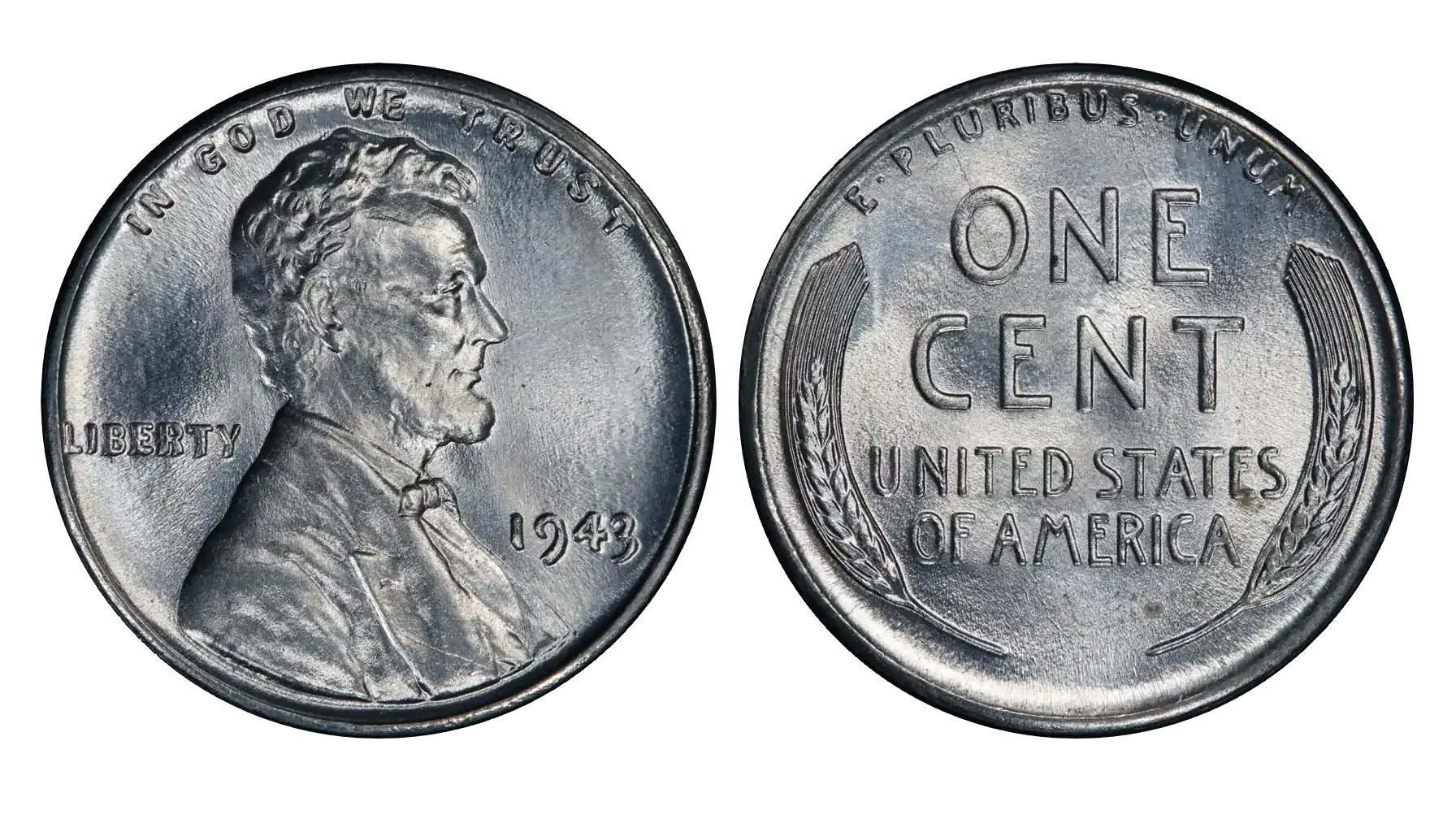
A rare but confirmed error, this occurs when the die strikes the coin slightly misaligned on two separate occasions, creating a shadow or “doubled” appearance.
Visible On:
“LIBERTY”
Date (1943)
What is a 1943 silver penny worth:
Typically $200 – $1,000+ in uncirculated condition
3. Clipped Planchet
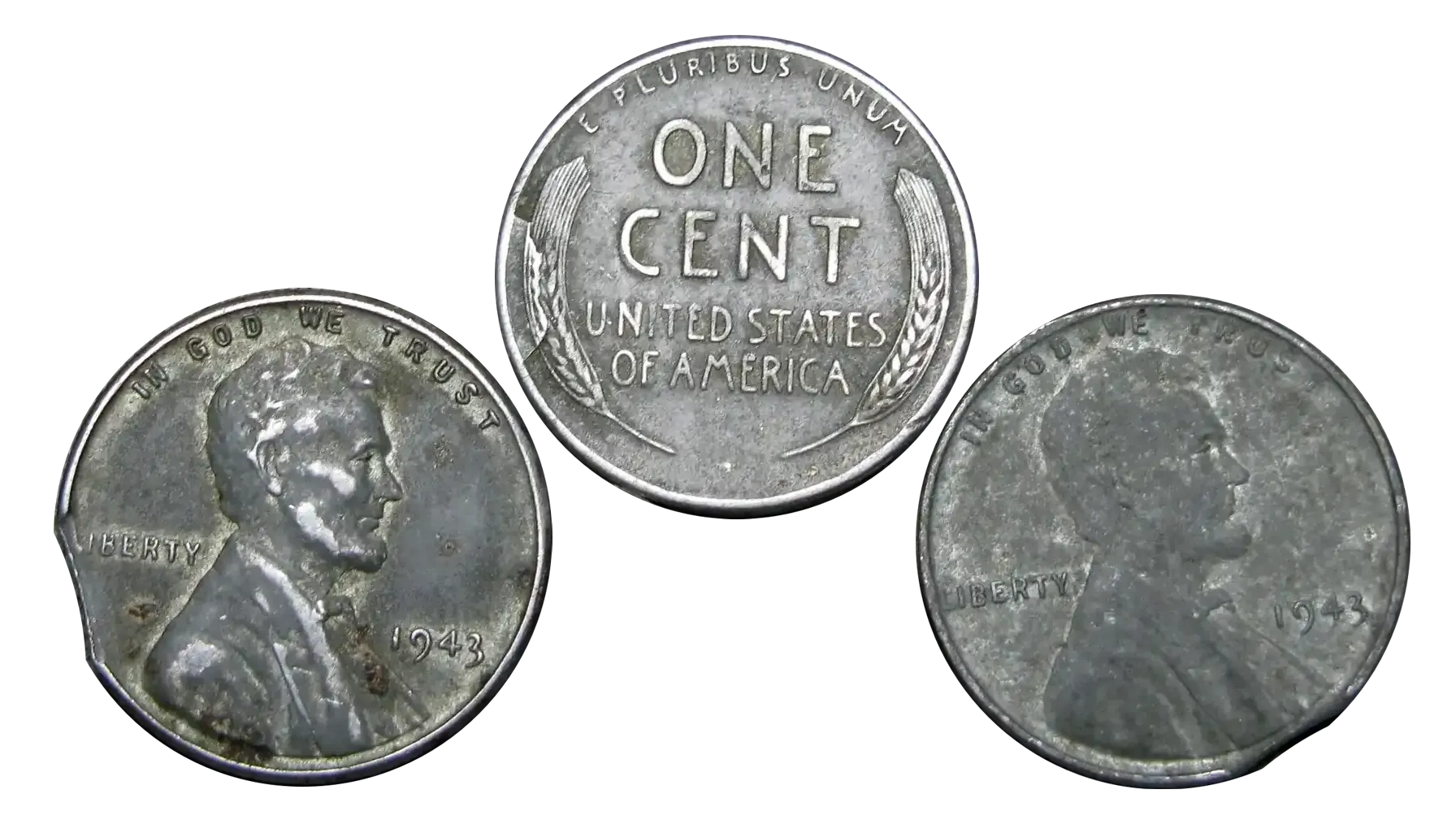
The coin appears to have a “bite” taken out of it. This occurs when the planchet (blank coin disc) is misfed into the cutting press.
How to Spot:
Smooth, curved “clip” missing from the coin’s edge
Often affects both obverse and reverse
Here’s the silver penny 1943 worth:
$20 – $100+ depending on severity and visibility
4. BIE Error

A small die break between the “B” and “E” in “LIBERTY” creates what looks like the word “BIE.”
Why It Happens: Old dies start to crack with use; these breaks get imprinted onto coins.
The value of 1943 silver penny:
$5 – $30 (fun collector’s item but not highly valuable)
5. Die Cracks and Cuds

Portions of the coin may appear raised or deformed due to cracks or damage in the striking die.
Types:
Hairline cracks on Lincoln’s face or reverse fields
Blob-like “cuds” on the rim
What is the value of a 1943 silver penny:
Typically $10 – $100+, depending on location and visibility
How Much Is a 1943 Silver Wheat Penny Worth? A Table
Type | Grade | Low Value | High Value |
1943 silver penny no mint mark value (Zinc-coated steel) | Circulated | $0.10 | $0.50 |
Uncirculated | $1.00 | $5.00 | |
1943 D silver penny value (Zinc-coated steel) | Circulated | $0.15 | $0.60 |
MS-65 | $10.00 | $40.00 | |
1943 S silver penny value (Zinc-coated steel) | Circulated | $0.20 | $0.70 |
MS-65+ | $15.00 | $50.00 | |
1943 bronze Wheat cent | Any Grade | $85,000 | $1,750,000 |
Disclaimer: The prices may vary due to market trends. So, how much is it? If it’s steel—not a lot. If it’s bronze—life-changing.
Want to Know Exactly What Yours Is Worth?
Now that you’ve seen the range of what these iconic coins can fetch, don’t rely on your eyes alone. Some 1940 pennies, and those we’ve described today, are virtually identical until tested—visually or digitally.
Coin ID Scanner is your companion in numismatics:
Snap a photo and instantly get your value
AI compares your coin to over 150,000 references
Detect if your coin is steel or bronze with built-in detection logic
Store, track, and organize your collection digitally
FAQs
Was there ever a 1943 cent intentionally made of real silver?
No, the U.S. Mint never produced any 1943 pennies using actual metal of this type. The coins were minted from zinc-coated steel to conserve copper for the war effort. Any coin appearing to be made of silver is actually steel, not a precious metal.
Can 1943 pennies rust?
Yes, they can.
Since the coin is made of steel and only coated in zinc, if that thin coating wears off, the steel core can rust. That’s why many old 1943 pennies show surface corrosion or spotting, especially if stored improperly.
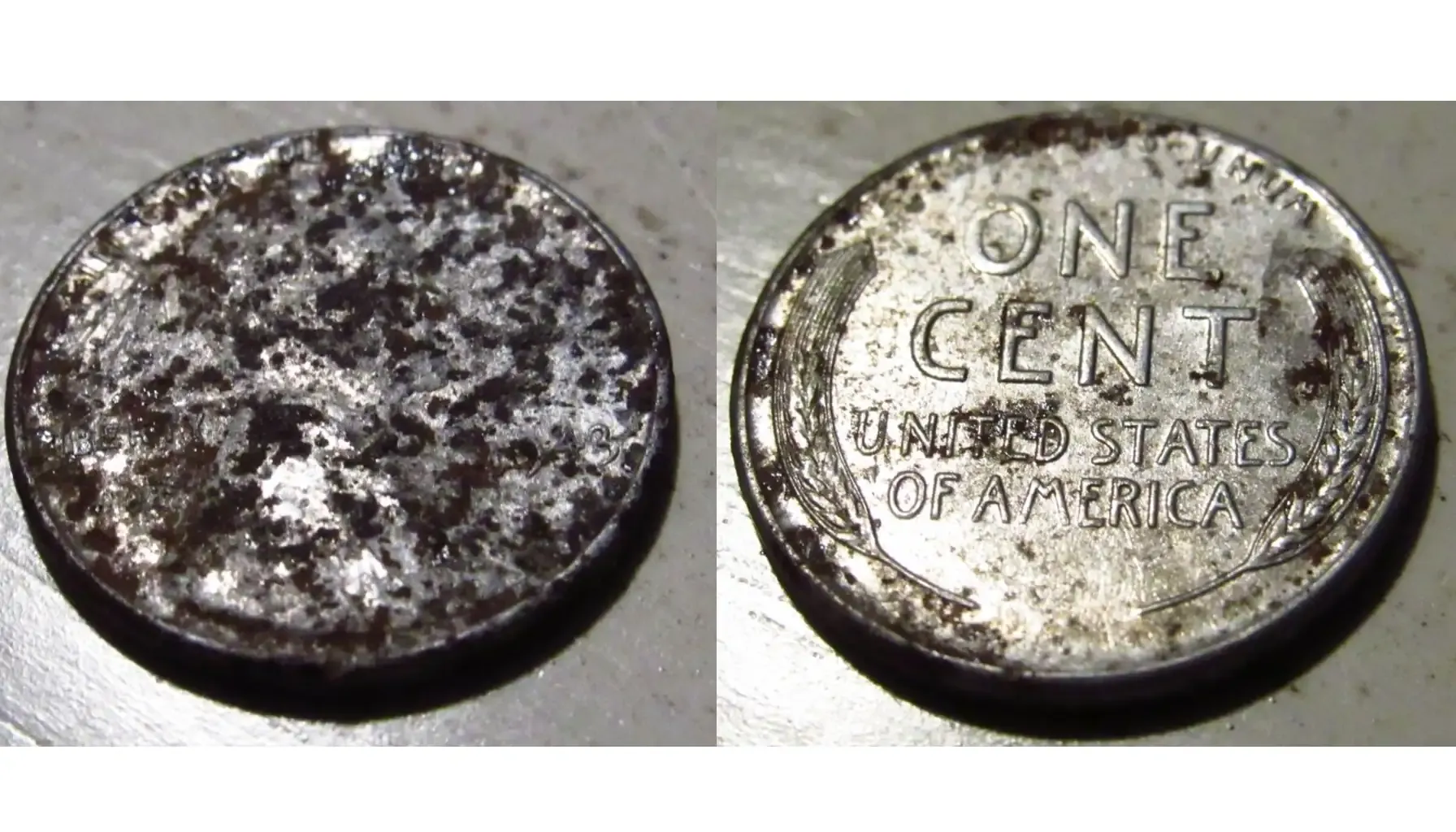
Why are some 1943 pennies brown or copper-looking?
This could mean one of three things:
It’s a genuine 1943 bronze error — rare and valuable.
It’s been plated or altered by someone post-mint.
It’s a regular steel cent that’s rusted and turned brown.
What’s the difference between a 1943 copper and a bronze cent?
They’re the same thing in this context.
People use “copper” and “bronze” interchangeably when referring to the rare off-metal errors. Technically, these coins were struck on bronze planchets (95% copper, 5% tin and zinc).
Are 1943 wheat pennies legal to own?
Yes. Even the rare bronze errors are legal to own and sell.
There are no known restrictions on the coin, unlike some 1933 Double Eagles, which were recalled and prohibited from private ownership for decades.
What’s the rarest mint mark for this piece?
The rarest known variation is the 1943-D bronze one, with only one confirmed example.
For steel pennies, the San Francisco (S) and Denver (D) mints had lower mintages than Philadelphia but are still widely available.
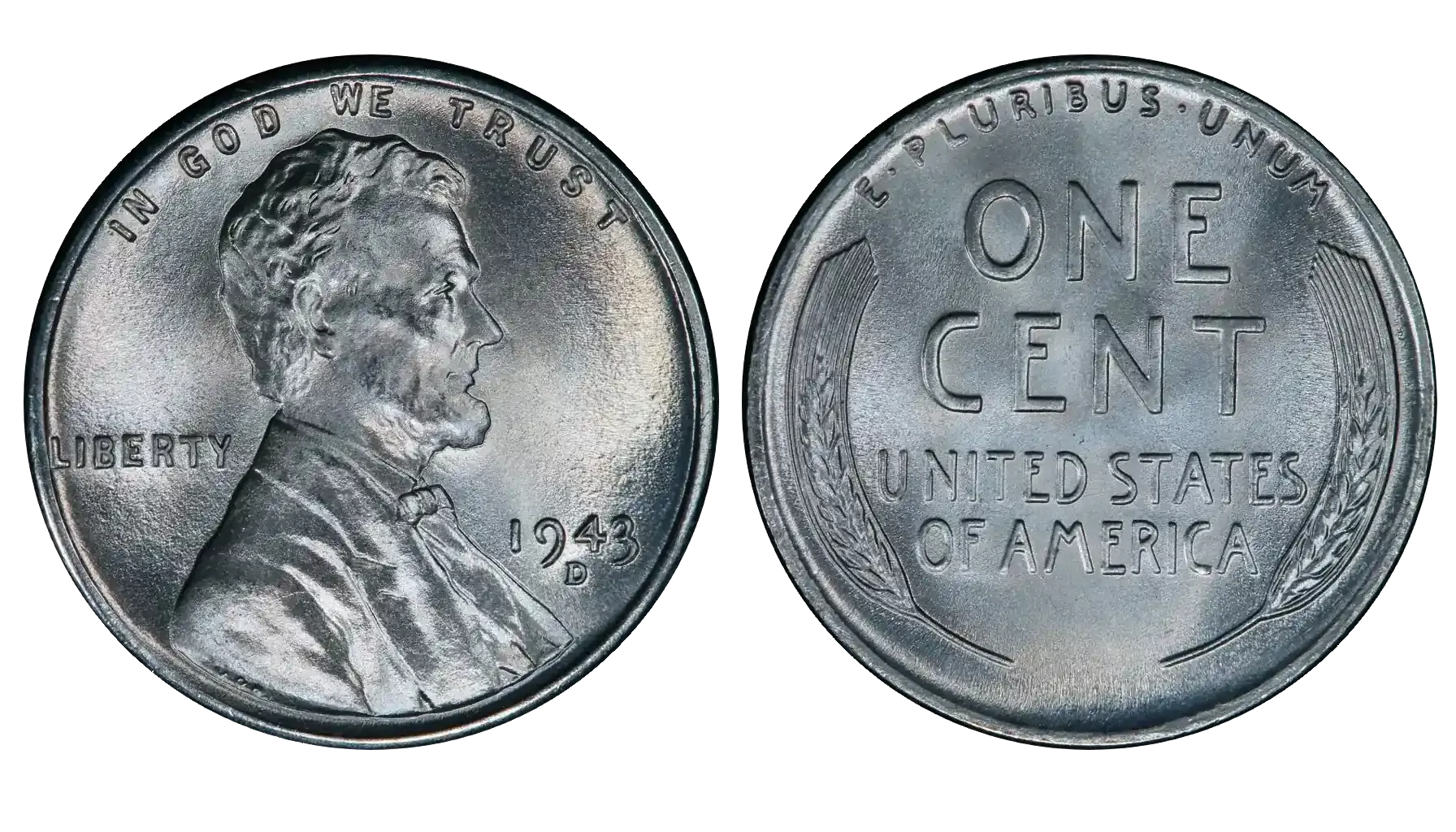
Why do so many people think the 1943 cent is silver?
Because of its shiny, metallic color, unlike the brown copper coins before and after. The unusual appearance causes many people to assume it's made from silver. However, it’s really zinc-coated steel—cheap and magnetic, not precious.
Can a 1943 cent be faked?
Unfortunately, yes.
Some counterfeiters take genuine 1948 copper pennies and alter the “8” to look like a “3”. Others replate steel coins to mimic rare bronze versions. Scanning, weighing, and testing with magnets are key to spotting fakes.


